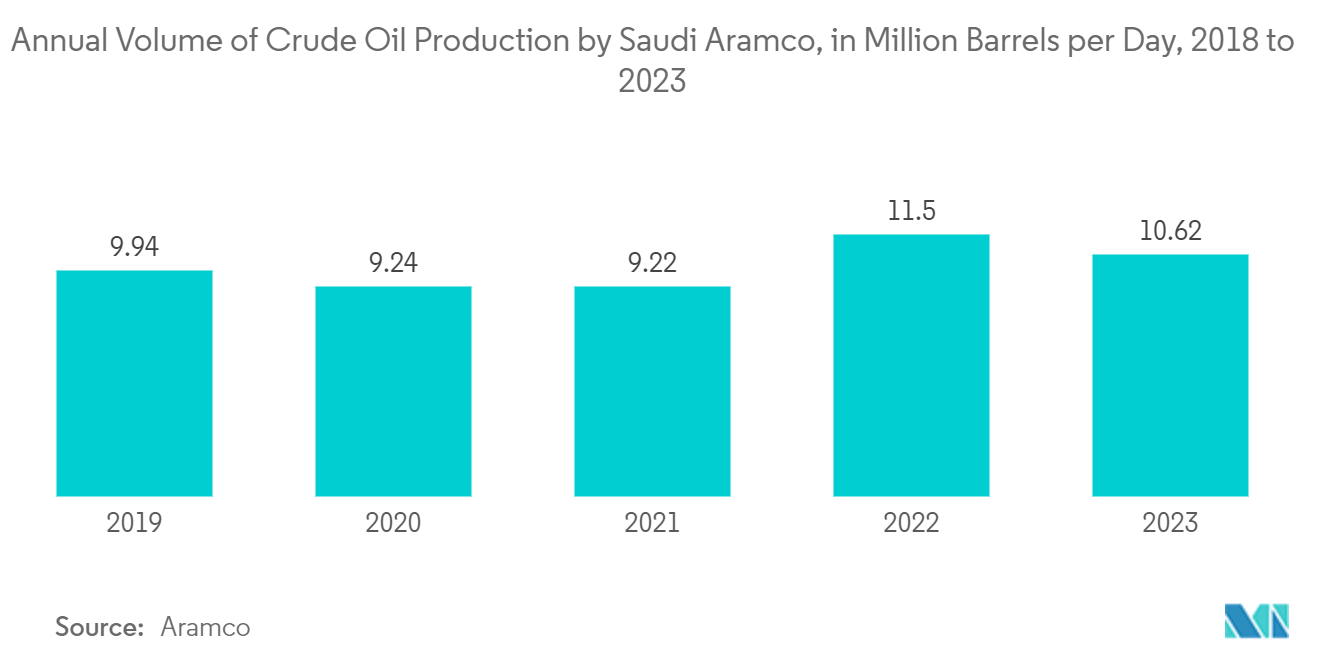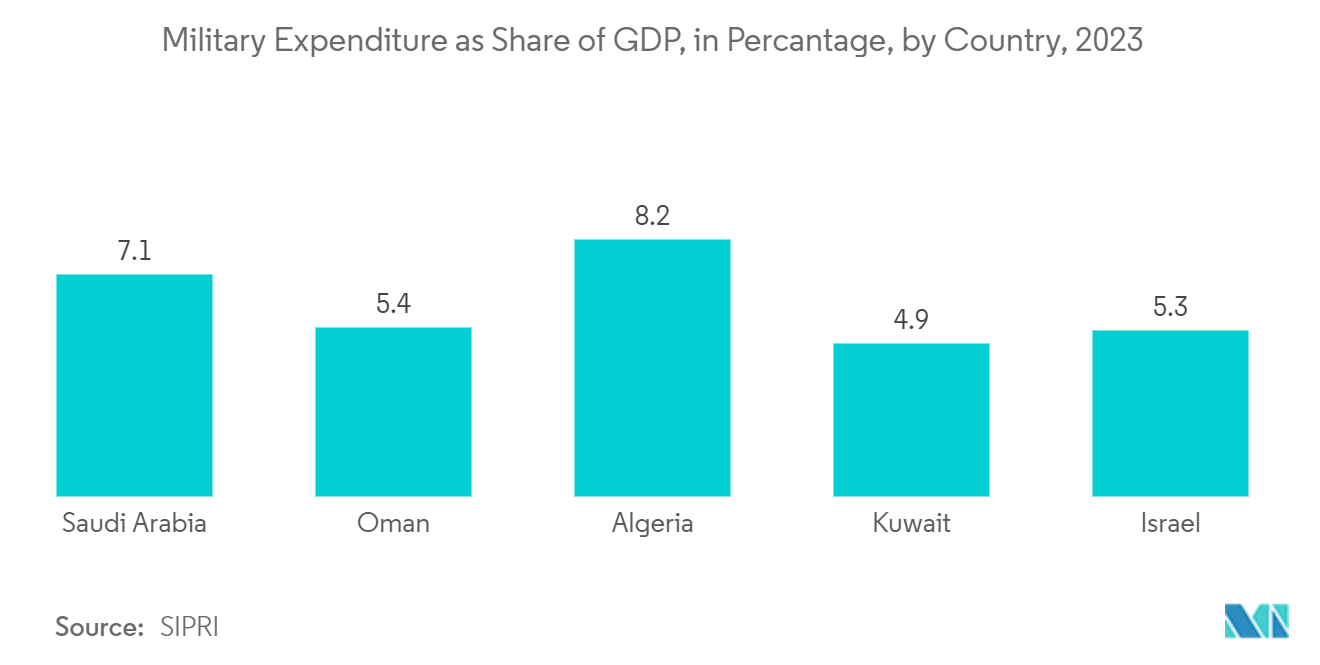Market Trends of KSA Satellite Imagery Services Industry
Natural Resource Management Segment is Expected to Witness Significant Growth
- Saudi Arabia holds a significant amount of natural resources, notably oil. The Kingdom has been a leading exporter of oil ever since oil was discovered in 1938. Moreover, Saudi Arabia's size and geology make it rich in oil, minerals, gas, and key raw materials for manufacturing and industrial development. Saudi Arabia has the largest mineral deposits in the Middle East. As the demand for natural resources continues to grow, the need for efficient and sustainable management becomes increasingly important, thus, driving the demand for satellite imagery services.
- Further, using satellite imagery services in natural resource management offers a wealth of opportunities for improving efficiency and sustainability. As satellite technology advances and the ability to process and analyze the vast amounts of satellite data generated by these systems improves, the potential for satellite imagery services to revolutionize how the country manages its natural resources will only continue to grow. Thus, positively indicating the growth in demand for satellite imagery services in the coming years.
- Furthermore, the oil sector in the country is continuously evolving, with the companies witnessing a significant jump in crude oil production. Satellite imagery can detect and monitor oil spills, track the movement of oil slicks, and assess the extent of environmental damage caused by such incidents. For instance, according to the data from Saudi Arabian public petroleum and natural gas company Saudi Aramco, it reported a crude oil production volume of 10.62 million barrels per day in 2023. The company has one of the largest crude oil reserves worldwide.
- Moreover, various advantages associated with satellite imagery services for natural resource management, such as their ability to provide comprehensive, near real-time data on a wide range of parameters, such as land use, vegetation cover, water resources, and atmospheric conditions, are expected to expand the use of satellite imagery services in the Kingdom. This information can monitor ecosystems' health and productivity and support decision-making processes related to resource extraction, infrastructure development, and conservation efforts.

Military and Defense Segment is Expected to Witness Substantial Traction
- The military and defense segment is analyzed to witness significant traction in the coming years owing to the increasing use of very high-resolution satellite imagery to gain unparalleled access to critical locations, monitor infrastructure and effectively plan missions. Further, satellite imagery helps military and defense agencies with valuable insights and advanced datasets for more informed decision-making, thus analyzed to gain significant attraction in the coming years.
- Additionally, the development of technologically advanced, high-resolution capacity satellites by the major market vendors is further expanding the use of satellite imagery services in the country's military and defense sector. Moreover, the use of big data and analytics is growing in helping experts in their work of searching for information and clues on satellite images but also allows them to improve the analysis of activity on pre-selected geographical sites of interest.
- Additionally, KSA is continuously strengthening its military and defense sector with the yearly growth in budgets. The country spends a significant percentage of gross domestic product (GDP) on its military, thus creating considerable growth opportunities for the satellite imagery services market vendors in the coming years. For instance, according to the data from (Stockholm International Peace Research Institute) SIPRI, Military expenditure as a percentage of gross domestic product (GDP) in Saudi Arabia was 7.1% in 2023.
- Moreover, market vendors operating in Saudi Arabia, such as Thales, Airbus, and Northstar Saudi Arabia, continuously focus on offering high-quality and high-resolution satellite images to the end users. The very high resolution (VHR) enables recognizing, identifying, and detecting assets or targets in every smallest detail. Furthermore, satellite imagery services help the armed forces and defense intelligence agencies benefit from accurate terrain information to effectively prepare for their missions and understand the situation more accurately.


